Josh's Frogs
Proyecto Anfibia: Searching for Alsodes cantillanensis
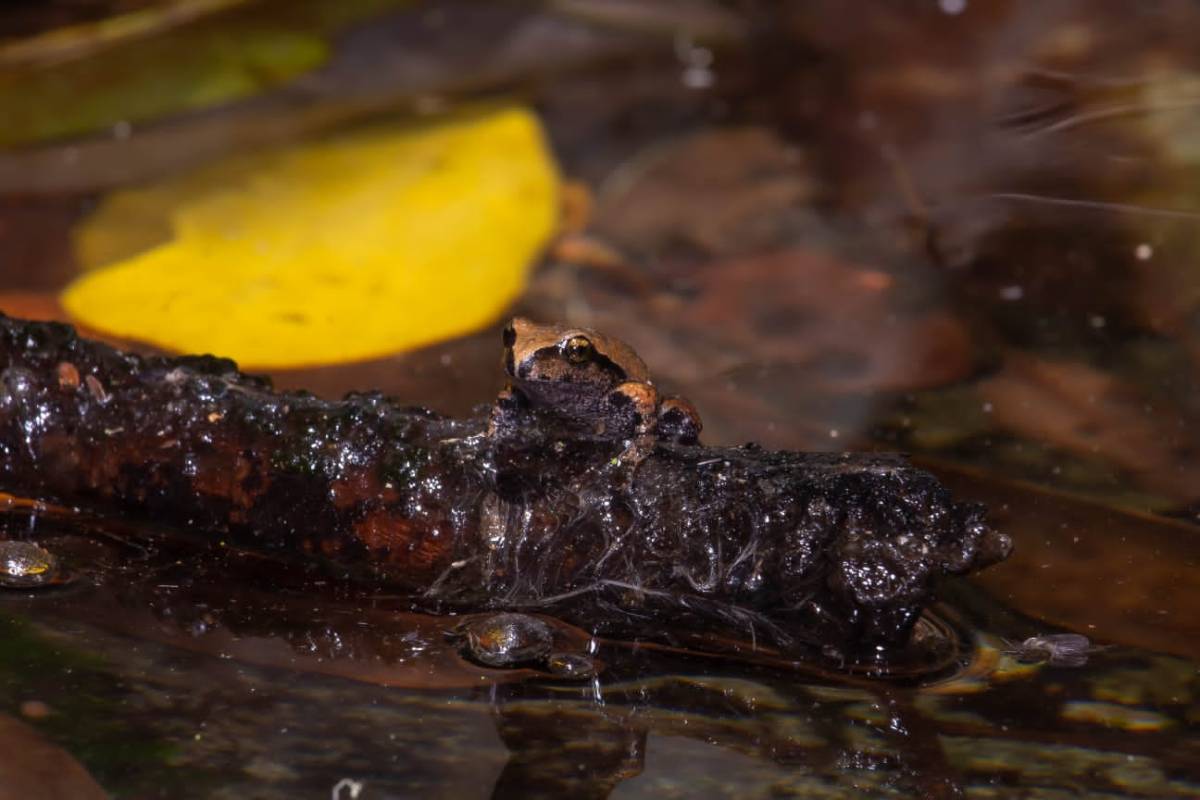
An adult Cantillana spiny-chest frog, Alsodes cantillanensis, in Poqui Mountain, O'Higgins region, Chile. This recently discovered species was formally described in 2015. Photo credit: Matias Faundez
The Chile-based organization Proyecto Anfibia won a Josh's Frogs 2023 Amphibian Conservation Grant (JFACG) for their project, Exploring the Enigmatic World of Cantillana's Hidden frog: Alsodes cantillanensis. We did a virtual interview with Joaquin Maximiliano Grez, a veterinarian involved in the project, to learn more.
Note that some of the images below depict a previous JFACG-funded project, Saving the living fossil Calyptocephalella gayi, in which some Proyecto Anfibia members were involved. Learn more on our Conservation Initiatives page.
How do you plan to use the grant money?
To maintain monitoring of populations in the Valdivian evergreen temperate forest hotspot of a recently described species, Alsodes cantillanensis (Charrier, 2015), classified as Endangered due to habitat quality decline, increased likelihood of fires, mining, and livestock activities. This involves assessing environmental characteristics, characterizing population evolution, and collaborating with local communities, authorities, and the scientific community.
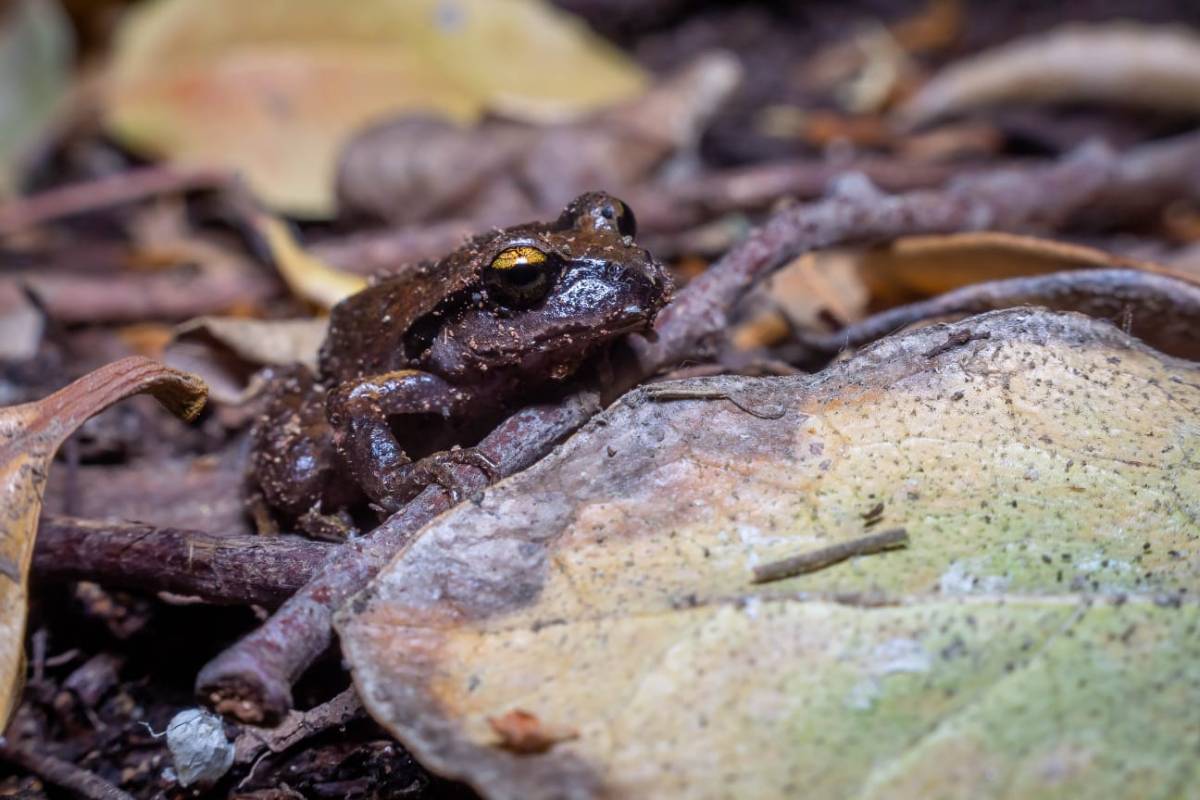
Cantillana spiny-chest frogs are so-named for thorny nuptial patches found on the chests of males. This individual was also found on Poqui Mountain. Photo credit: Proyecto Anfibia
What does winning this grant allow you to do that you might not have otherwise?
It enables the sustained presence of students and professionals with multidisciplinary skills in the specific locality where the frog resides guided by us. This helps keep the community aware of the preserved treasure they possess, creating new conservation opportunities in the region by leveraging curiosity and respect for nature.
When do you expect to see results from this? What are you hoping they look like?
Within one year, we aim to strengthen the presence and participation of the Amphibian Project, reaching more donors, volunteers, or beneficiaries to increase social impact. This involves engaging people in sustainable initiatives like community recycling programs, reforestation projects, estuary and river cleanups, etc...
How will this impact amphibian conservation specific to this instance?
Given the recent discovery of the species, it is necessary to assess various threats, such as the potential expansion of the species' distribution range, to manage conservation programs with clear and measurable objectives. The goal is to prevent catastrophic situations that could worsen the conservation status of Alsodes cantillanensis (Charrier, 2015).
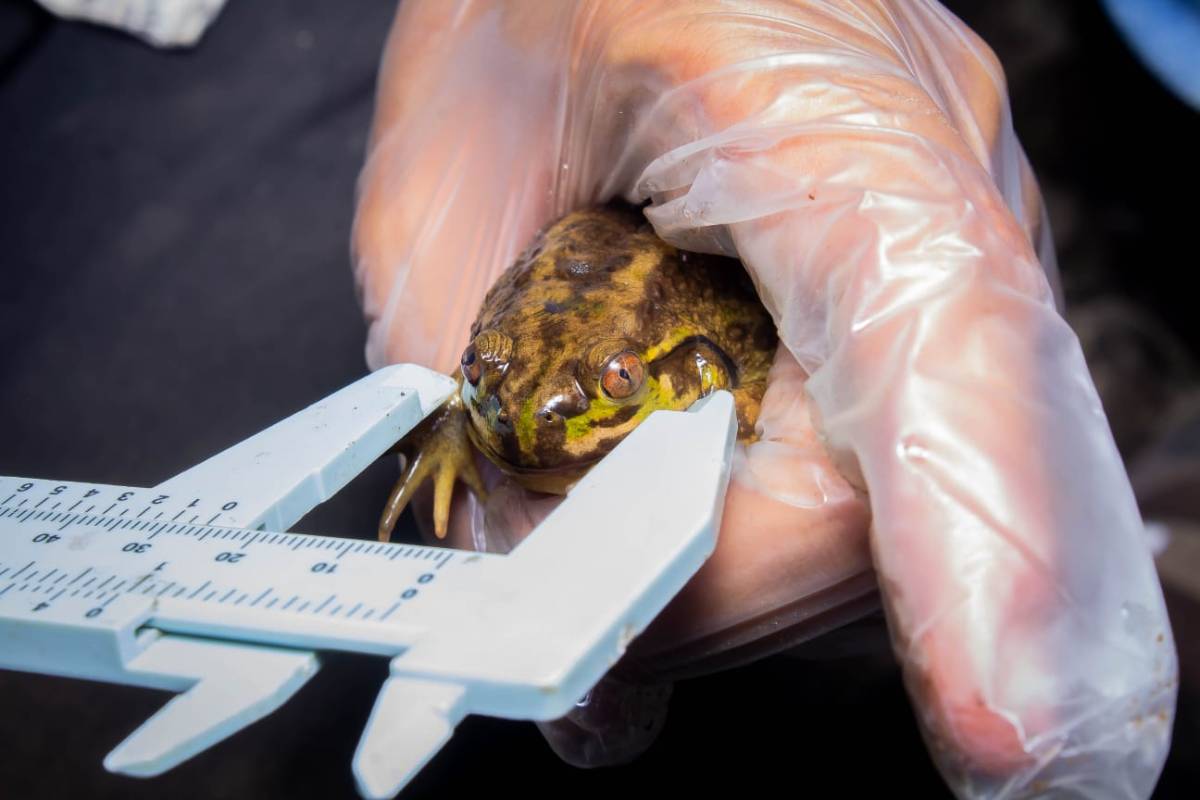
Measurements are taken of a juvenile Chilean helmeted toad, Calyptocephalella gayi, from Placilla, in the Valparaíso region of Chile. Josh's Frogs funded field research for this poorly understood "living fossil" in 2021. Photo credit: Proyecto Anfibia.
What are the larger implications of your work?
- Establish Clear and Measurable Objectives: Define specific and measurable goals for the program for clear direction and effective progress evaluation.
- Constantly Evaluate and Monitor: Implement effective monitoring systems to assess the impact on the environment and adjust strategies as needed.
- Engage Local Communities: Active participation of local communities is crucial for success.
- Collaborate with Partners and Experts: Collaboration with other organizations and experts brings resources and perspectives.
- Implement Environmental Education Strategies: Develop educational programs to increase awareness of conservation.
- Optimize Technology Use: Utilize modern technologies to enhance data collection and communication.
- Effective Financial Management: Transparency in fund usage and diversification of funding sources.
- Adapt to Changes: Successful management requires flexibility in response to changes in the environment and community needs.
- Staff Training: Well-trained personnel improve program effectiveness.
- Effective Communication: Develop transparent communication strategies to inform stakeholders.
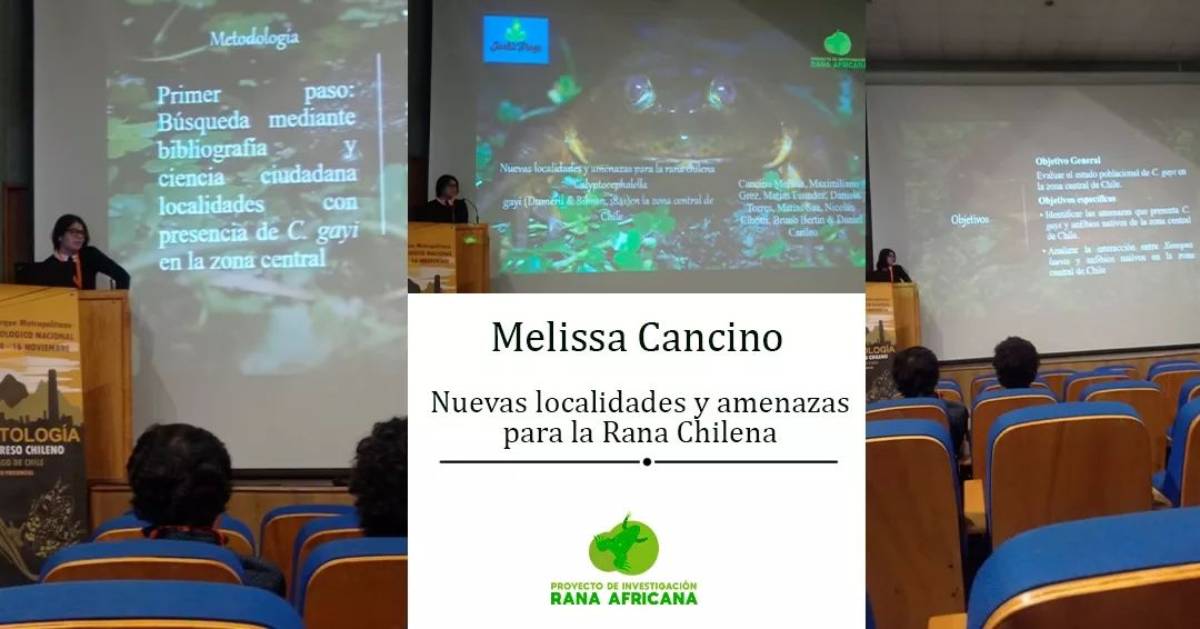
Proyecto Anfibia member Melissa Cancino presents the findings of her JF Grant-funded project "Saving the living fossil Calyptocephalella gayi" to the Chilean Herpetology Congress in 2022. Image credit: Proyecto Anfibia
What message or information would you like to share with the reptile and amphibian pet community?
The knowledge of species in their natural habitat is as important as the successful conservation of individuals under human care.
How would someone make a donation to your organization?
They would need to contact us through Instagram to make donations. @proyectoanfibia
Where could someone learn more about your project?
Through social media, particularly on Instagram @proyectoanfibia.
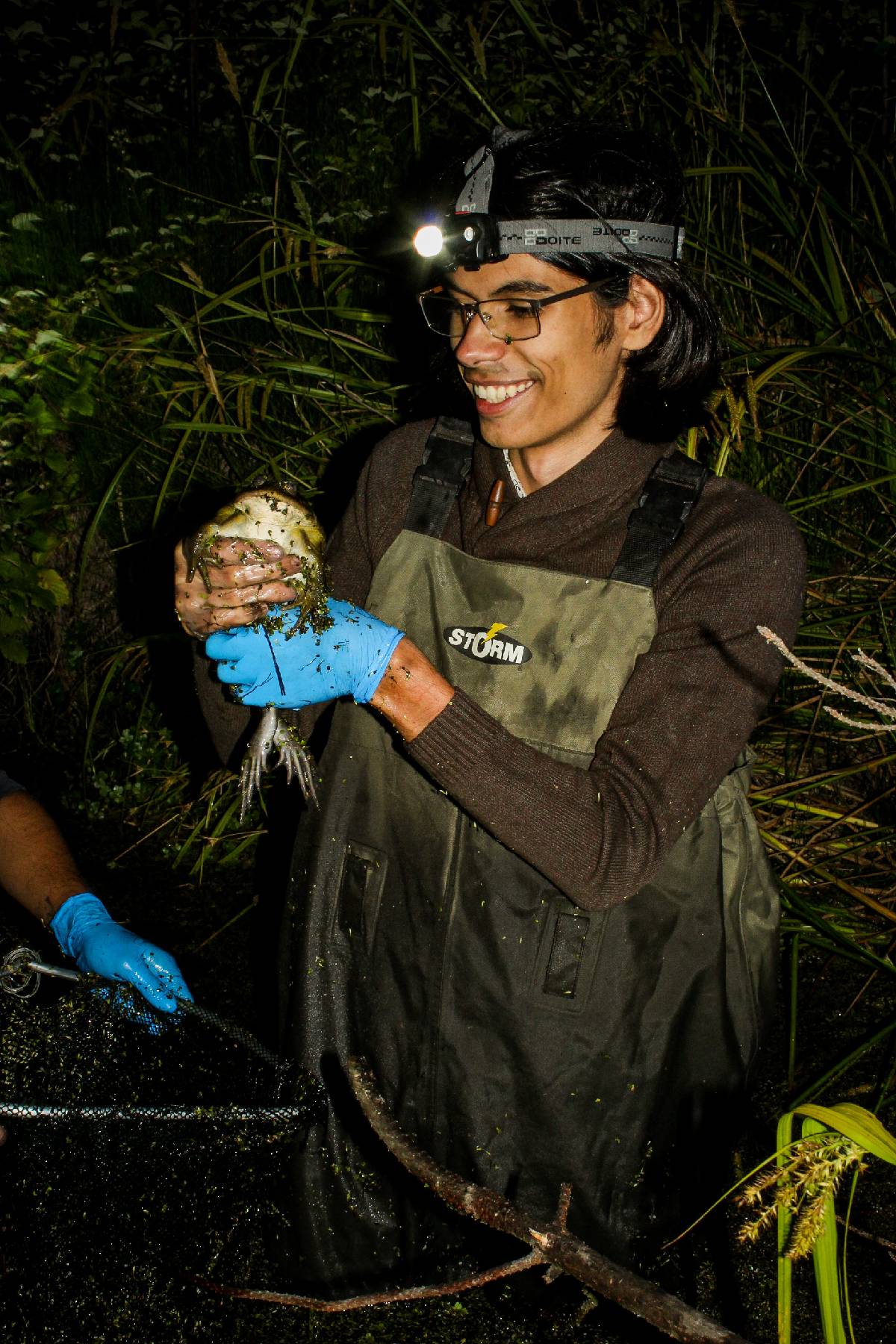
While conducting a field survey for the JF Grant-funded project "Saving the living fossil Calyptocephalella gayi," Proyecto Anfibia member Bruno Bertin was happy to find this hefty adult Chilean helmeted toad. Image credit: Proyecto Anfibia
